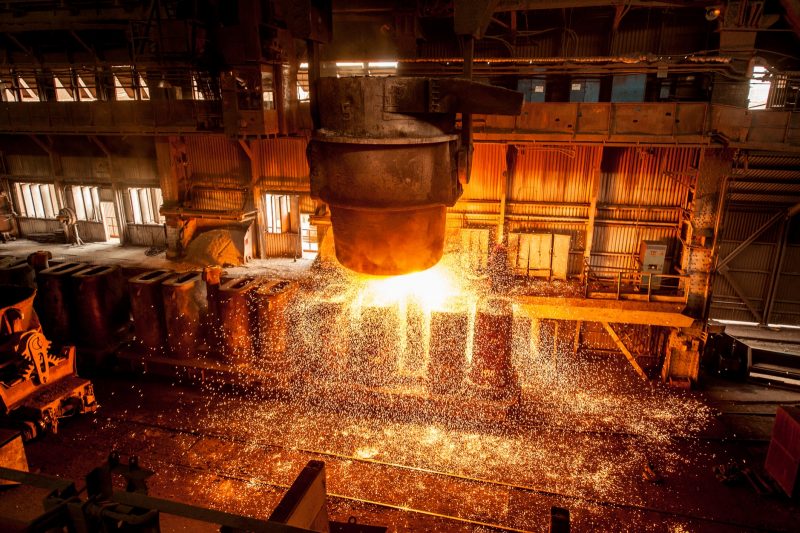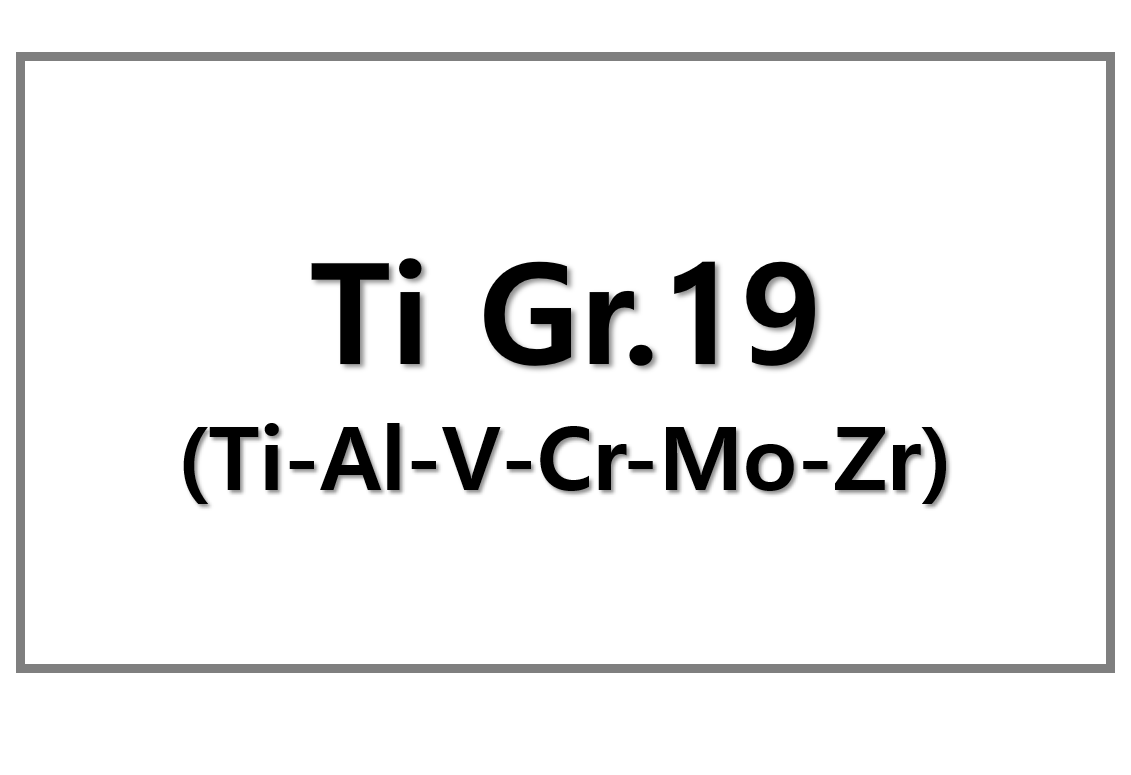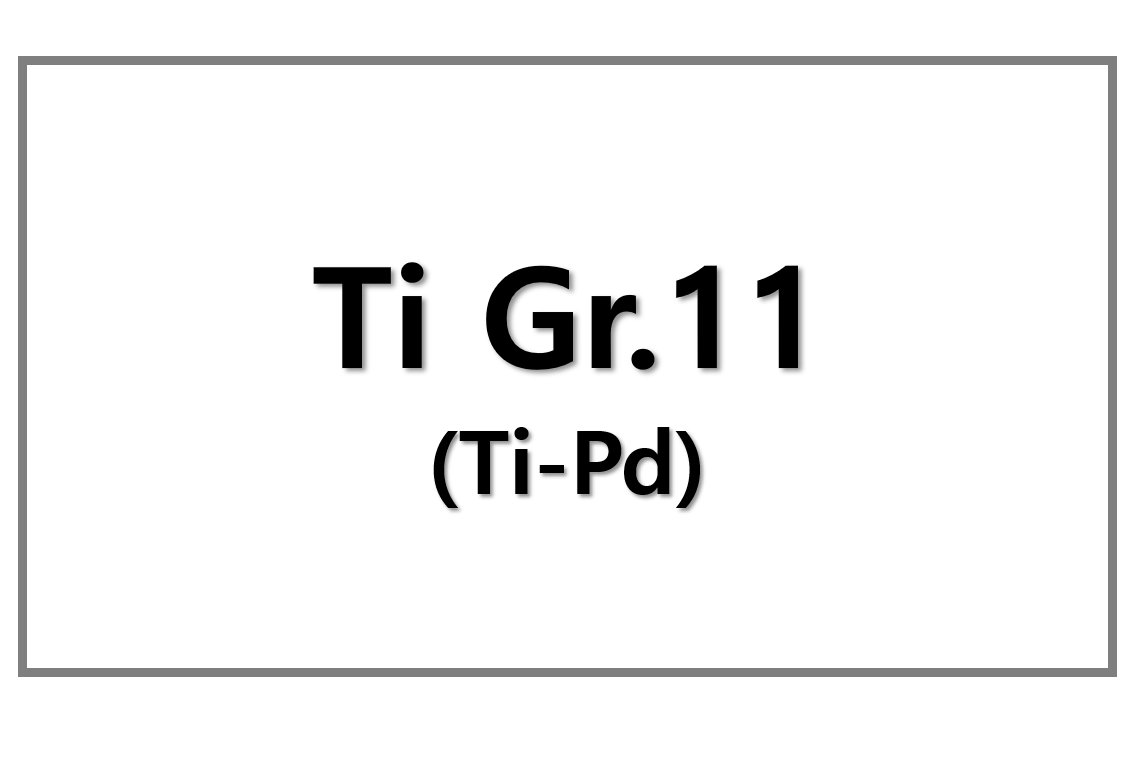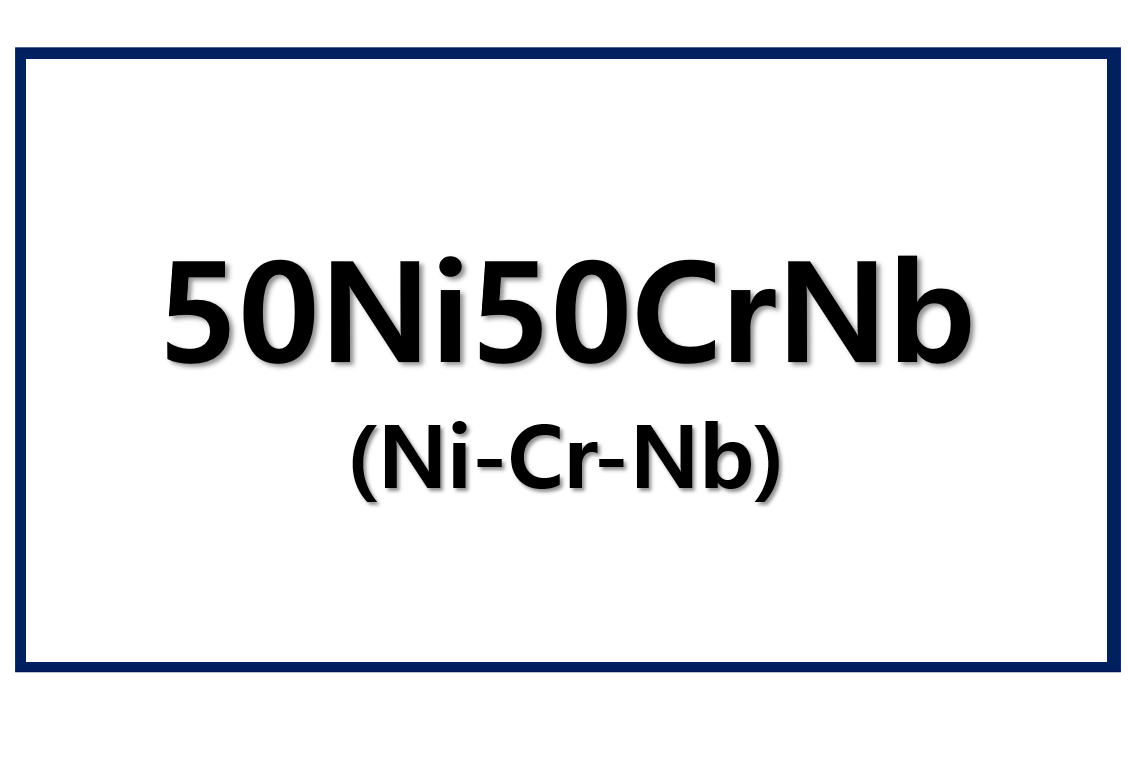
China dominates the global steel industry, producing 55% of steel and emitting over 60% of related greenhouse gases. Consequently, China’s path to low-carbon steel is crucial for worldwide climate goals. The country currently emits 2.33 tons of CO2 per ton of rolled steel, surpassing the global average of 1.92 tons. China’s ambitious climate policies focus on reducing these emissions by reforming steel production methods and boosting green technologies. This year marks a pivotal point as Beijing intensifies efforts to meet its environmental targets.
Green Policies Driving China’s Path to Low-Carbon Steel
China’s green transformation relies on comprehensive government initiatives like the national “1 + N” plan, aiming for zero carbon emissions by 2060. A central tool in this strategy is the national greenhouse gas emissions trading system (ETS CH), launched in July 2021. Initially covering the energy sector, ETS CH will expand to include the steel industry by 2025-2026, which accounts for 17% of the country’s CO2 emissions. This expansion will impose stricter emissions allowances, encouraging steelmakers to innovate and reduce carbon footprints.
The National Development and Reform Commission (NDRC) has introduced several regulatory measures to enforce energy savings and carbon reductions in steel plants. These include restricting permits for high-emission steel production and applying higher electricity tariffs to polluting companies. Notably, new blast furnace-basic oxygen furnace (BF-BOF) projects have stalled, while the construction of electric arc furnace (EAF) plants is prioritized. The government targets a 15% share of EAF-produced steel by 2025, a key element in China’s path to low-carbon steel.
Hydrogen and Scrap: The Future of China’s Steel Industry
China also invests heavily in green hydrogen technologies and scrap-based steelmaking to decarbonize its steel sector. Hydrogen production in China rose by 3.5% in 2024, with green hydrogen projects growing rapidly. Facilities like the HBIS Group’s Zhangjiakou plant demonstrate hydrogen’s potential to replace carbon-intensive iron reduction. However, green hydrogen costs remain high, limiting wider adoption in the steel industry for now.
Meanwhile, increasing the share of scrap-based EAF steel production could cut emissions by 39% by 2050 compared to 2020 levels. China plans to boost scrap consumption from 214 million tons in 2024 to 300 million tons in 2025. Yet, scrap supply shortages and export restrictions challenge this transition. Overall, China’s path to low-carbon steel hinges on scaling green hydrogen and expanding electric arc furnace capacity.
SuperMetalPrice Commentary:
China’s path to low-carbon steel is a global game-changer. The country’s steel decarbonization will significantly impact worldwide carbon emissions. The expansion of the emissions trading system combined with strict regulatory measures creates strong incentives for cleaner steel production. However, the ambitious targets for electric arc furnace capacity and green hydrogen use face supply chain and cost barriers. We expect continued innovation and state-backed investments will gradually overcome these hurdles. For global metals markets, China’s steel sector transformation signals growing demand for battery materials, scrap metal, and green hydrogen technologies, presenting new opportunities for suppliers and investors alike.











Leave a Reply
You must be logged in to post a comment.